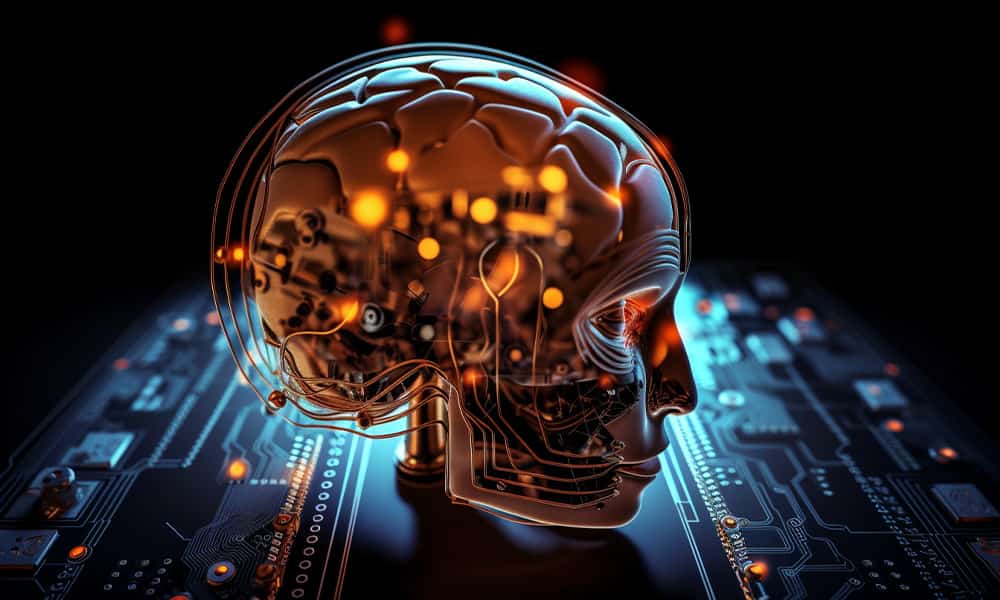The growing popularity of Artificial Intelligence applications is a sign that the technological change of the 4th industrial revolution is accelerating. It is time to decide how to engage in this technological change as a region.
Jaime García, Project Director of the CLACDS/INCAE Social Progress Index, spoke about the challenges and opportunities in the face of new advances in AI.
According to García, economic development and social progress of civilization have been driven by technological change.
On the fourth industrial revolution
Two characteristics of the fourth industrial revolution make it different from previous ones. First, change is accelerated. For example, the ChatGPT application, an Artificial Intelligence (AI) chat created by OpenAI, obtained 100 million active users in January of this year alone, according to UBS, marking a milestone in the history of applications.
Secondly, it erases the barriers between the physical and the digital, affecting multiple industries at the same time. Thus, AI applications are reviewing contracts and doing the work of lawyers, generating savings of millions of dollars. Meanwhile, in medicine, virtual reality and augmented reality instruments are already being applied to help surgeons perform more accurate and less risky surgical procedures, impacting people’s health.
“If we ask ChatGPT about the leading technologies driving this revolution, he will mention Artificial intelligence (AI) and machine learning; robotics and automation; internet of things; 3d printing; blockchain; virtual reality and augmented reality; 5G networks; quantum computing; big data and cyber security. And I would end by saying they are converging and transforming traditional industries, creating new opportunities and challenges,” stated Jaime García.
The non-digital complements of digital transformation
Adopting new technologies must go through a strategic process, where organizational innovations take advantage of the potential of technological innovations. These organizational innovations imply changes in decision-making processes, incentive systems, information flows, contracting methods, and, generally, a thorough review of administration and management processes.
For example, working from home grew to unprecedented levels during the pandemic. Owl Labs mentions that 56% of global companies allow telework with hybrid models, while 16% implement it permanently. But in addition, they calculate that workers were 47% more productive while working from home/
However, among leadership positions, the most senior are the least comfortable with the model, as only 10% see it as a permanent option. Among the youngest, the percentage rises to 28%.
“It seems that we will have to wait for a new generation of leaders to rise in the hierarchy of companies to maximize the productive potential of telework, as happened in the nineteenth century with the use of the electric motor,” added García.
In the region, we must now define our digital strategy
In this process of accelerated technological change, it will not be enough to have governments and companies that promote the adoption of technological infrastructure.
New regulatory frameworks and laws will be required to consider technological innovations and their social, environmental, and economic impact. But, at the same time, an innovative effort will be needed from the productive sector to adjust its organizational models or even its business models to take advantage of new technologies.
Jaime García mentioned this was an urgent matter “because the current state of our region in terms of the use of technologies is not the best.”
“For example, according to the World Bank, in 2021, in Costa Rica, 59.18% of those over 15 made or received a digital payment; the average for the rest of the countries in our region is 65.08%. Meanwhile, Denmark leads with 100%, followed by Iceland and Germany with 99%,” he stressed.
García emphasized that “we either accelerate with the 4th industrial revolution or see it materialize its potential in other countries.”

